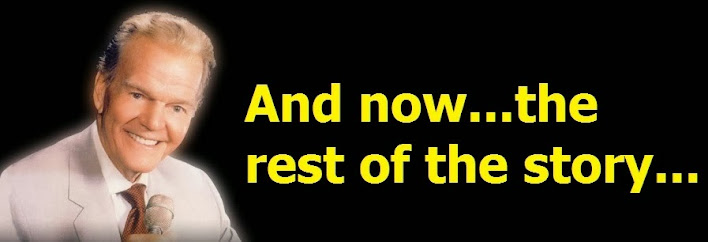A few weeks ago I installed one of these for the first time on a cst gun. I went about it using what I could find online and emulated what the 2112's at PWS do. (I guess its how they do it anyway)
While the process certainly works, there were a few things that stood out and I decided then/there that if I did another one I'd change it.
Out of the blue a germ from NY called a couple weeks ago and asked us to work over his M700 action. His list of wants included fitting a M40 clip slotted base. Perfect opportunity to revamp what I'd done previously.
First thing I didn't like about how its typically done is removing so much material from behind the top lug abutment on the receiver. So, rather than machine all the way into the raceway I cut the base's lug shorter and left a pad in the receiver.

This way the front of the bolt head behind the lugs is still supported as if the base wasn't there. It also leaves meat behind the lug abutment of the receiver. This can only be a good thing since its the business end of the action.


Next was the rear portion. The way I'd seen it done was to flatten the entire rear bridge for the back of the base to sit on. Again, it works, but I think there's a better way.
Instead I just machined enough for the base to sit on. This way it serves as a sort of keyway and provides additional support to the sides of the base. What made me think about it was how snug main caps fit into a cylinder case when assembling a V8 engine. This is more or less the same idea.


Last is fitting the rear lug on the base to the slot in the receiver. Again observing that by cutting the bridge all the way through it reduces the bearing surface that the back of the bolt needs for support when in battery with the striker spring compressed. So again I left material for the bearing surface.
The base holes were enlarged to 8-40 using the shop's std practice of indicating off the bore center (we'd accurized this receiver so I didn't use a false barrel on this one) and interpolating the new hole location with an endmill and following up with thread milling the wrinkles instead of using a tap. This keeps everything spot on for location. Don't have to worry about dull taps either.
Here's the finished piece. Pretty happy with it and I think it elevates the robustness of the whole setup.


C.
While the process certainly works, there were a few things that stood out and I decided then/there that if I did another one I'd change it.
Out of the blue a germ from NY called a couple weeks ago and asked us to work over his M700 action. His list of wants included fitting a M40 clip slotted base. Perfect opportunity to revamp what I'd done previously.
First thing I didn't like about how its typically done is removing so much material from behind the top lug abutment on the receiver. So, rather than machine all the way into the raceway I cut the base's lug shorter and left a pad in the receiver.

This way the front of the bolt head behind the lugs is still supported as if the base wasn't there. It also leaves meat behind the lug abutment of the receiver. This can only be a good thing since its the business end of the action.


Next was the rear portion. The way I'd seen it done was to flatten the entire rear bridge for the back of the base to sit on. Again, it works, but I think there's a better way.
Instead I just machined enough for the base to sit on. This way it serves as a sort of keyway and provides additional support to the sides of the base. What made me think about it was how snug main caps fit into a cylinder case when assembling a V8 engine. This is more or less the same idea.


Last is fitting the rear lug on the base to the slot in the receiver. Again observing that by cutting the bridge all the way through it reduces the bearing surface that the back of the bolt needs for support when in battery with the striker spring compressed. So again I left material for the bearing surface.
The base holes were enlarged to 8-40 using the shop's std practice of indicating off the bore center (we'd accurized this receiver so I didn't use a false barrel on this one) and interpolating the new hole location with an endmill and following up with thread milling the wrinkles instead of using a tap. This keeps everything spot on for location. Don't have to worry about dull taps either.
Here's the finished piece. Pretty happy with it and I think it elevates the robustness of the whole setup.


C.




